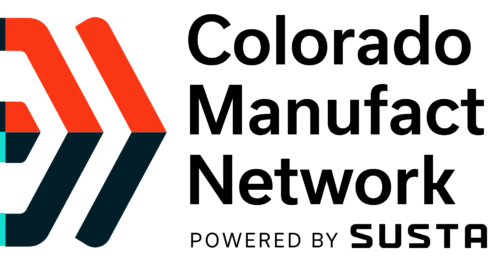Buying a building for Your Business
Buying a building for your business by Sean Kelly, Commercial Banker, BOK Financial
There are three ways to finance a building for your business. My view of the similarities and differences of the programs is below.
Similarities
- The first thing banks evaluate is the historical cash flow of your business. We will add back the rent you are currently paying if it will be replaced with debt service. We will also likely addback any excess distributions that were paid in the past if the owner can reduce distributions in the future to fund debt service. Most banks will want to see a debt service coverage ratio of 1.35 : 1.00 or greater for the last 24 months.
- All the programs have up to a 25-year amortization.
- Banks will want to understand the source of the required down payment. Banks statements are typically required during final approval evidencing adequate down payment.
- Personal guaranty from any > 20% owner of the operating company or real estate holding company is typically required. If the loan to value is low on a conventional loan, a personal guaranty is an item that could be negotiated if the cash flow is very strong.
- The operating company will need to provide a corporate guarantee in order for most banks to consider the loan owner/user and not investor.
Differences: There are several differences between the programs which are noted below. The comparison below assumes a $2.5 mil project.
- I think it is important to consider the long-term plan for both the business and the real estate. My goal is to customize the loan structure to match your long-term plans for owning both the business and the real estate. This is important because the 40% portion of an SBA loan would need to be repaid upon a change of control. With a conventional loan, you might be able to work with your bank to remove the operating company as a guarantor and maintain the favorable owner/user terms to maturity. This is important because it would mean no change to your interest rate, term, amortization, etc. upon a change of control.
- Another difference between the three programs is the down payment as outlined below.
- SBA 504 – 10%
- SBA 7a – 15%
- Conventional – 20% – 25%
- The three programs are structured differently as summarized below.
- Conventional – 1 loan that typically has a 20-25-year amortization and either a 7- or 10-year term.
- SBA 7a – 1 loan with a 25-year term and amortization. I suggest asking if your bank plans to hold this loan or sell it after origination.
- SBA 504 – two loans.
- The first is the bank 50% loan with a minimum term of 10 years and typically a 25-year amortization.
- The 2nd loan is the 40% loan and is provided by the SBA. This loan will have a 25-year term, fixed rate and amortization and 10-year prepayment penalty.
- There are dramatic differences in the fees between the three programs as summarized below. The fee estimates below include ~ $10,000 for third party costs like appraisal, environmental due diligence, and title insurance, etc.
- SBA 504 – $55,000
- SBA 7a – $70,000
- Conventional – $15,000
- The interest rate will vary among the three programs as noted below. The rates below assume a 7-year fixed rate and are as of May 30, 2024. The conventional loan and the banks 50% SBA 504 rates below assume a 7-year yield maintenance prepayment. The SBA 7a program is the most expensive as it provides the most prepayment flexibility as noted below.
- SBA 504 – 6.72%
- Conventional – 6.79%
- SBA 7a – 7.51%
- Due to conventional requiring 10-15% additional down payment, the monthly payment will vary the most between the two SBA programs and conventional as noted below.
- SBA 504 – $15,708
- SBA 7a – $15,782
- Conventional – $14,301
- The prepayment is an important consideration and varies between the programs. I suggest working with your banker to estimate the impacts of a prepayment penalty. You are unable to negotiate the prepayment penalty with the SBA programs. The conventional loan prepayment can be customized to fit your unique situation.
- SBA 504 – 50% loan customized to borrowers need and 40% loan 10-years on a sliding scale.
- SBA 7a – 3-years with 5% payable in year 1, 3% in year 2 and 1% in year 3 and 0% the remaining 22-year life of the loan.
- Conventional – customized to the borrower’s needs.
- As noted below, a conventional loan is going to be the fastest to put in place with the least amount of paperwork.
- I suggest asking your bank if they are an SBA Preferred Lender as that will impact their ability to run a smooth closing process.
- If using an SBA 504 loan, ask your lender which Certified Development Corporation they will partner with on the transaction.
- SBA 504 – 45-60 days for 50% loan and another 45-60 for the 40% loan closing. The bank will fund the 40% loan until the SBA is ready to refinance it into the 25/25 loan.
- SBA 7a – ~ 75 days
- Conventional – 45-60 days
Please reach out if you have any questions about options for financing owner/user real estate. I am happy to pre-qualify your company up to 2-years prior to a building purchase.
Contact info:
Sean Kelly, Commercial Banker
BOK Financial
1600 Broadway, Denver CO
303-907-8189
sean.kelly@bokf.com



